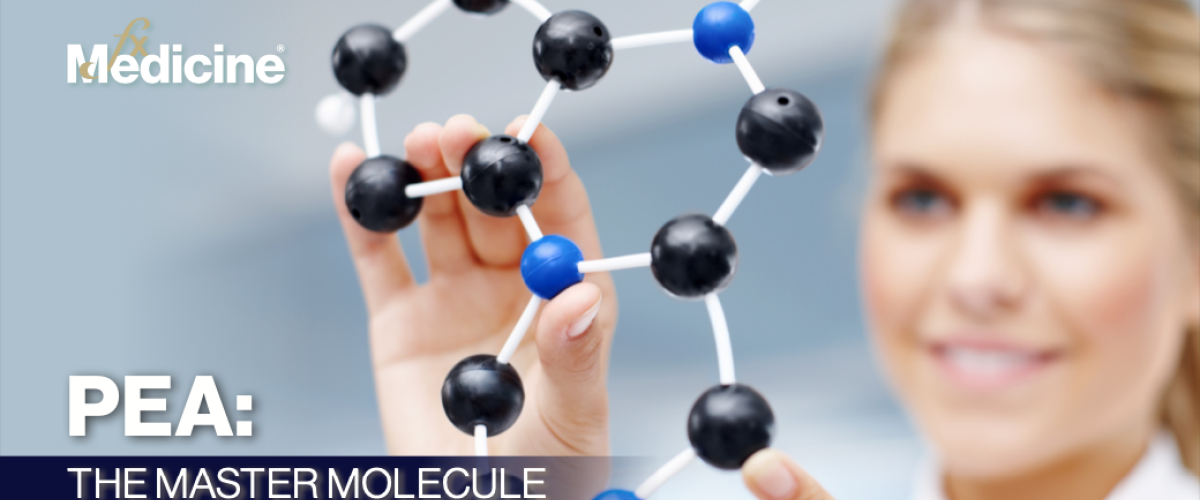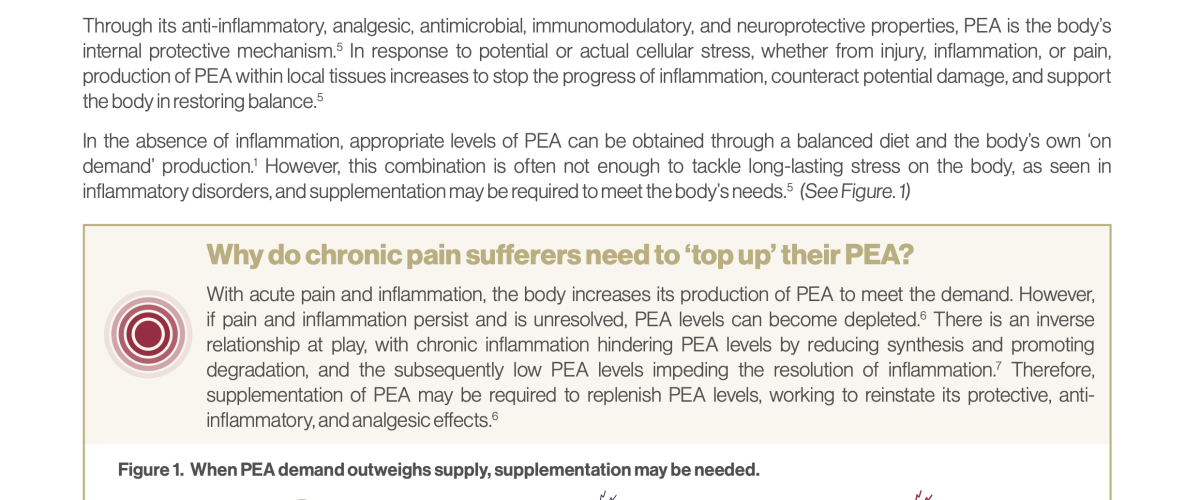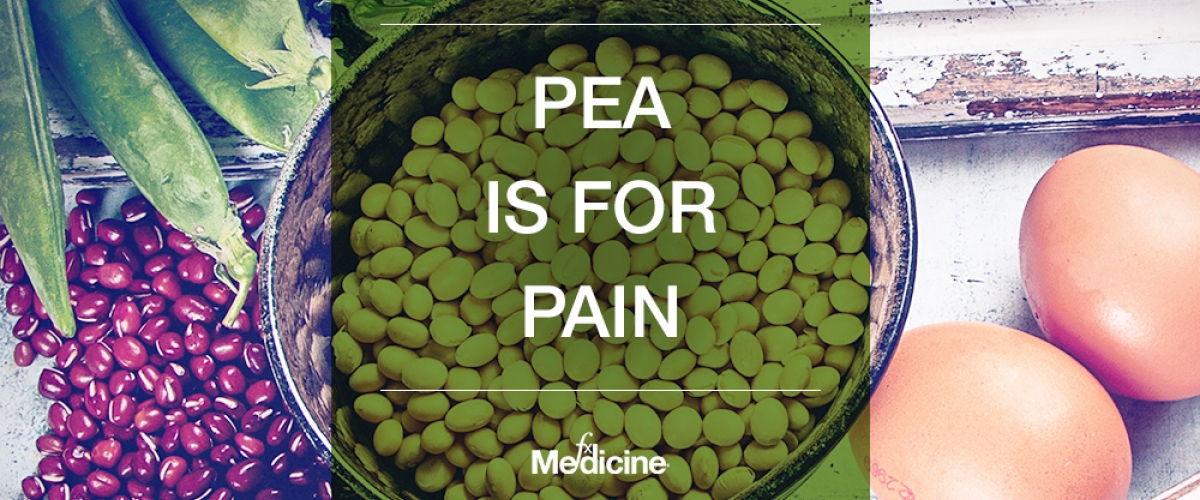N-Palmitoylethanolamide (PEA), is an endogenously produced lipid1 found in the plasma membrane2 with concentrations increasing in response to tissue damage, inflammation, and nociceptive fibre stimulation.1 Dietary sources include egg yolks, soy lecithin, bovine and human milk, roasted coffee, apples, potatoes, lentils, black-eyed peas, tomatoes, corn, peanuts, common beans, garden peas, and soybeans.3
Migraine attacks are characterised by pulsating pain of moderate or severe intensity that is generally unilateral. During a migraine, sufferers often experience hypersensitivity to light (photophobia), sound (phonophobia), and smell (osmophobia), accompanied by nausea and vomiting. If unsuccessfully treated, attacks generally last between 4 to 72 hours.1
Clinical Pharmacologist and Pharmaconutritionist Paul Clayton explores new ways of looking at healthcare and prevention vs reaction, and the role of PEA in counteracting the current Western dietary landscape that is highly pro-inflammatory.
Christine Lennon takes us through the latest research and therapeutic implications of PEA and its sister compound: oleoylethanolamide (OEA).
A review published in 2013 examined the potential for PEA in being deployed for influenza, the common cold and other respiratory infections. The results cited in this review offer an interesting viewpoint for the potential of PEA in cold and flu season.
The exciting extemporaneous compound palmitoylethanolamide (PEA) provides clinical support for chronic, neuropathic pain and inflammation. ‘PEA is found in severalfood sources, includingsoy bean, soy lecithin,tomato, corn, milk, egg yolks and peanuts.7’










